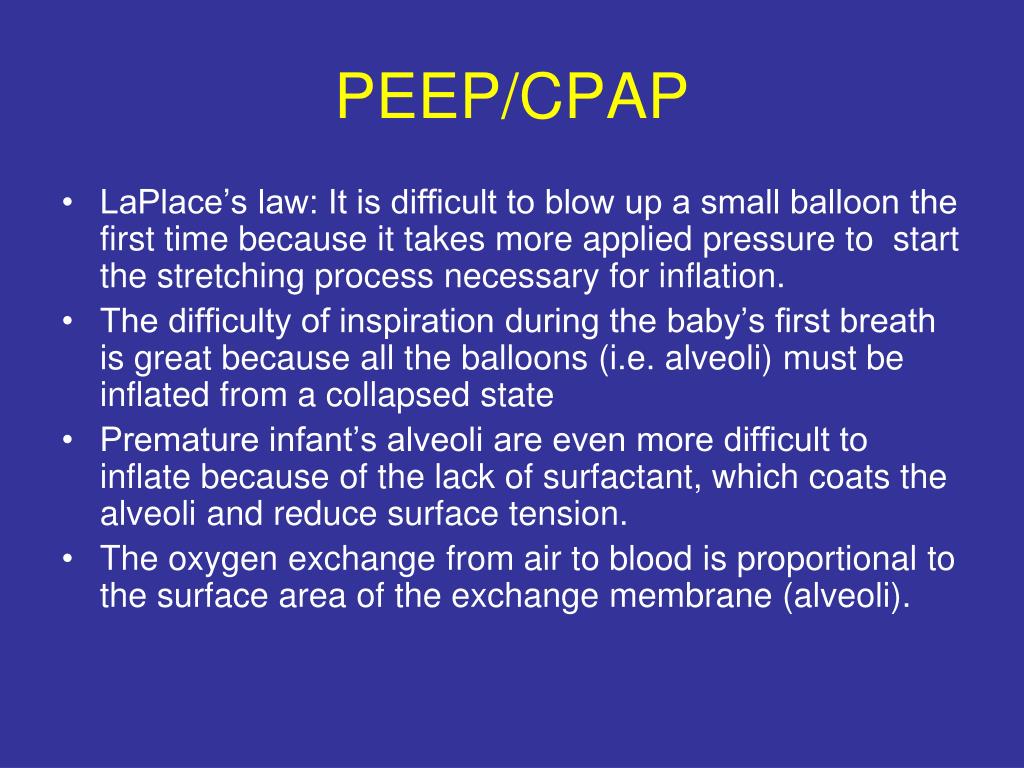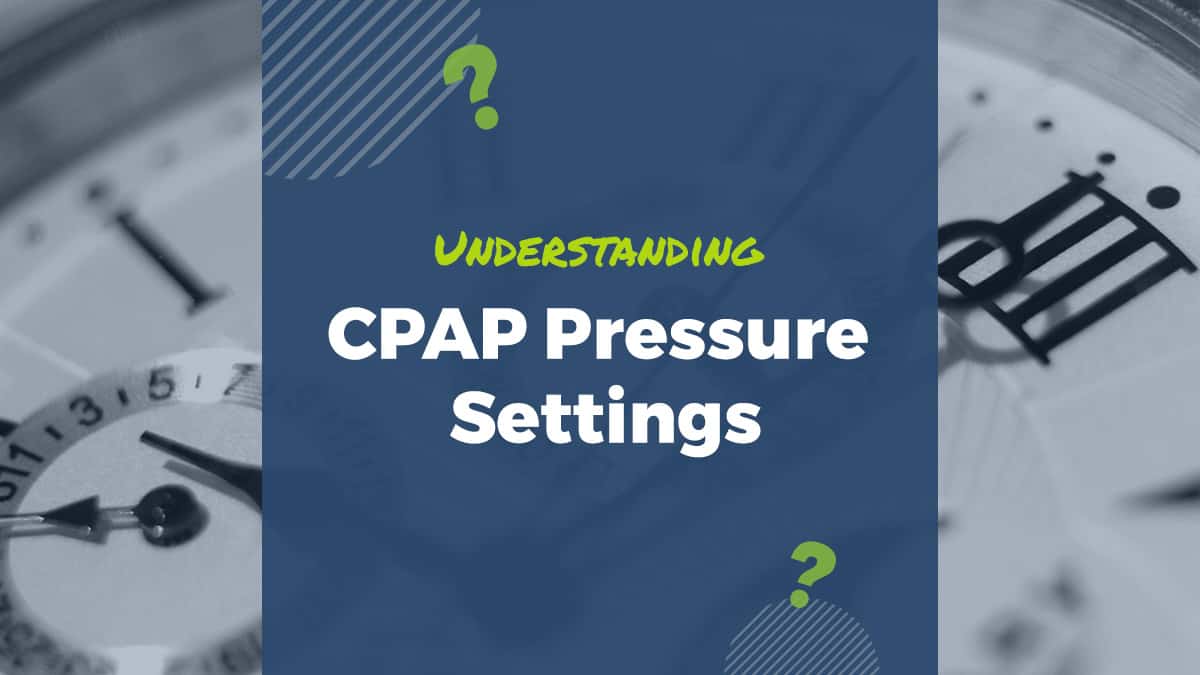

On the other hand, mechanical ventilation with positive pressure can significantly decrease the work of breathing. This is a very important consideration in patients who may not be able to increase their SVR, like in patients with distributive shock (septic, neurogenic, or anaphylactic shock). Less preload means that the heart works at a less efficient point in the frank-startling curve, generating less effective work and further decreasing cardiac output, which will result in a drop in mean arterial pressure (MAP) if there is not a compensatory response by increasing systemic vascular resistance (SVR). This has a double effect in decreasing cardiac output: Less blood in the right ventricle means less blood reaching the left ventricle and less blood that can be pumped out, decreasing cardiac output. The increased RA pressure and decreased venous return generate a decrease in preload. The positive pressure generated by the ventilator transmits to the upper airways and finally to the alveoli, this, in turn, is transmitted to the alveolar space and thoracic cavity, creating positive pressure (or at least less negative pressure) in the pleural space. The application of positive pressure ventilation changes this physiology. This same negative intrathoracic pressure decreases the right atrial (RA) pressure and generates a sucking effect on the inferior vena cava (IVC), increasing venous return. When the diaphragm pushes down during inspiration, negative pressure in the pleural cavity is generated, this, in turn, creates negative pressure in the airways that suck air into the lungs. Normal respiratory physiology works as a negative pressure system. Mechanical ventilation has several effects on lung mechanics. Since having a patient on mechanical ventilation allows a practitioner to modify the patient’s ventilation and oxygenation, it has an important role in acute hypoxic and hypercapnic respiratory failure as well as in severe metabolic acidosis or alkalosis. In respiratory physiology, total compliance is a mix of lung and chest wall compliance as these two factors cannot be separated in a patient.

Compliance: Change in volume divided by change in pressure.


 0 kommentar(er)
0 kommentar(er)
